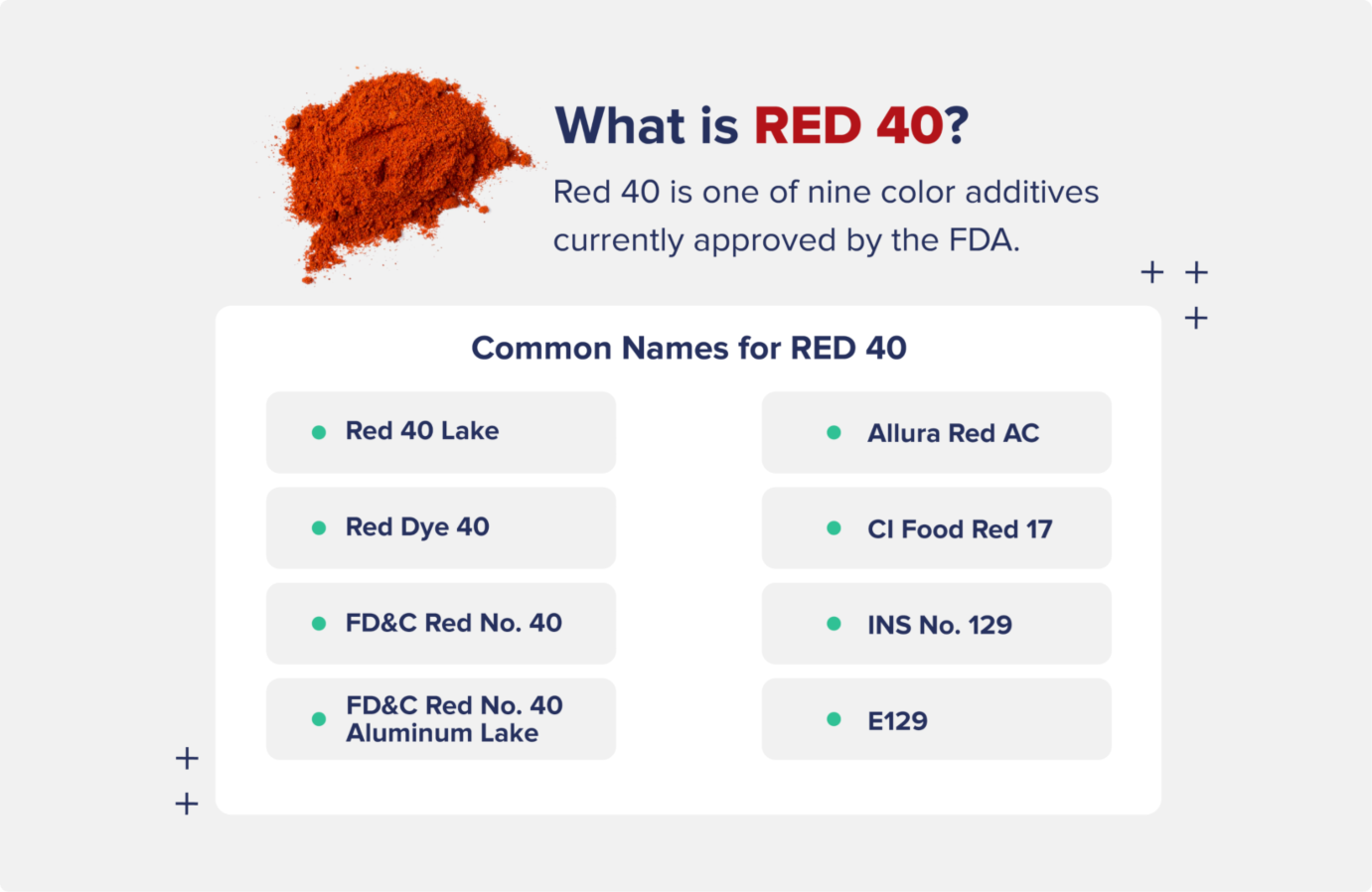The Red 40 Controversy: Uncovering the Truth Behind the Banned Food Coloring
The debate over the safety of Red 40, a synthetic food dye commonly used in foods and beverages, has been ongoing for decades. While some argue that the dye is harmless, others claim that it poses serious health risks. In this article, we'll delve into the controversy surrounding Red 40, exploring its history, uses, and the scientific evidence that has fueled the debate.
Red 40, also known as Allura Red AC, is a synthetic food dye used to give foods and beverages a bright red or orange color. It is commonly found in products such as candy, baked goods, fruit juices, and energy drinks. The dye is also used in pharmaceuticals, cosmetics, and industrial applications.
Despite its widespread use, Red 40 has been the subject of controversy due to concerns over its potential health effects. Some studies have suggested that the dye may be linked to hyperactivity in children, while others have raised concerns over its potential impact on cancer risk. However, the scientific evidence is not yet conclusive, and the debate over Red 40's safety continues.
History of Red 40
Red 40 was first approved for use in food in the 1970s, and it quickly became a popular choice for manufacturers looking to add color to their products. The dye is produced by a chemical reaction between coal tar and petroleum, and it is often used in combination with other dyes to achieve a range of colors.
Over the years, Red 40 has been linked to several health concerns, including hyperactivity, allergic reactions, and cancer. In the 1980s, the European Union banned the use of Red 40 in food products, citing concerns over its potential impact on children's behavior. However, the US FDA has not banned the dye, and it remains widely available in many countries.
Regulatory Status
The regulatory status of Red 40 varies depending on the country. In the US, the dye is approved for use in food by the FDA, but it is not subject to the same level of scrutiny as other food additives. In the EU, Red 40 is banned in food products, but it is still allowed in cosmetics and pharmaceuticals.
Here are some key regulatory agencies and their stances on Red 40:
- FDA (US): Approves Red 40 for use in food
- EU (European Union): Banned Red 40 in food products
- JMA (Japanese Ministry of Health, Labour and Welfare): Banned Red 40 in food products
- FDA (Canada): Approves Red 40 for use in food
Health Concerns
Red 40 has been linked to several health concerns, including:
- Hyperactivity: Some studies have suggested that Red 40 may be linked to hyperactivity in children, although the evidence is not yet conclusive.
- Allergic reactions: Red 40 can cause allergic reactions in some individuals, including skin rashes and respiratory problems.
- Cancer risk: Some studies have raised concerns over the potential impact of Red 40 on cancer risk, although the evidence is not yet conclusive.
Scientific Evidence
The scientific evidence on Red 40's safety is complex and often contradictory. Some studies have suggested that the dye may be linked to hyperactivity in children, while others have found no association. In 2010, the European Food Safety Authority (EFSA) concluded that Red 40 was safe for use in food, but the FDA has not taken a similar stance.
Here are some key studies and findings:
- A 2010 study published in the Journal of the American Medical Association found no association between Red 40 and hyperactivity in children.
- A 2012 study published in the Journal of Nutrition found that Red 40 was associated with increased hyperactivity in children.
- A 2018 review of studies on Red 40's safety was published in the Journal of Food Science, concluding that the evidence was "inconsistent" and "inadequate".
Industry Perspectives
The food industry has a mixed view on Red 40's safety. Some manufacturers argue that the dye is safe and effective, while others have chosen to remove it from their products due to concerns over consumer demand.
Here are some key industry perspectives:
- Mondelez International, the manufacturer of Cadbury chocolate, has removed Red 40 from its products due to consumer demand.
- PepsiCo, the manufacturer of Frito-Lay snacks, has stated that Red 40 is safe for use in food.
- The National Confectioners Association has argued that Red 40 is safe and effective, but that the debate over its safety is "confusing" and "frustrating".
Consumer Perspectives
Consumers are increasingly concerned about the safety of Red 40, and some have chosen to avoid products that contain the dye. Here are some key consumer perspectives:
- A 2019 survey by the market research firm YouGov found that 62% of consumers in the US were concerned about the safety of Red 40.
- A 2020 survey by the market research firm Harris Poll found that 71% of parents in the US were worried about the impact of artificial food colorings, including Red 40, on their children's health.
- The online review platform Change.org has a petition calling for the FDA to ban Red 40, which has garnered over 100,000 signatures.
Alternatives to Red 40
Some manufacturers have chosen to use alternative dyes in place of Red 40, citing concerns over consumer demand and the potential health risks associated with the dye. Here are some key alternatives:
- Beet juice: A natural dye that can be used to give foods a range of colors.
- Turmeric: A spice that can be used to give foods a yellow or orange color.
- Paprika: A spice that can be used to give foods a redd
Sturgillimpson Wife Po
Rebecca Pritchard Illness
Pioneer Womanivorce Update
Article Recommendations
- Sophie Maga
- Ihriuomotill Married
- Charly Arnolt Husband
- Marie Temara Fans
- Sophie Rain Nsfw
- Rose Madden
- 2 Actorsied Yesterday
- Lee Ingleby
- Ryan Paevey Wife
- Massad Boulos Net Worth



